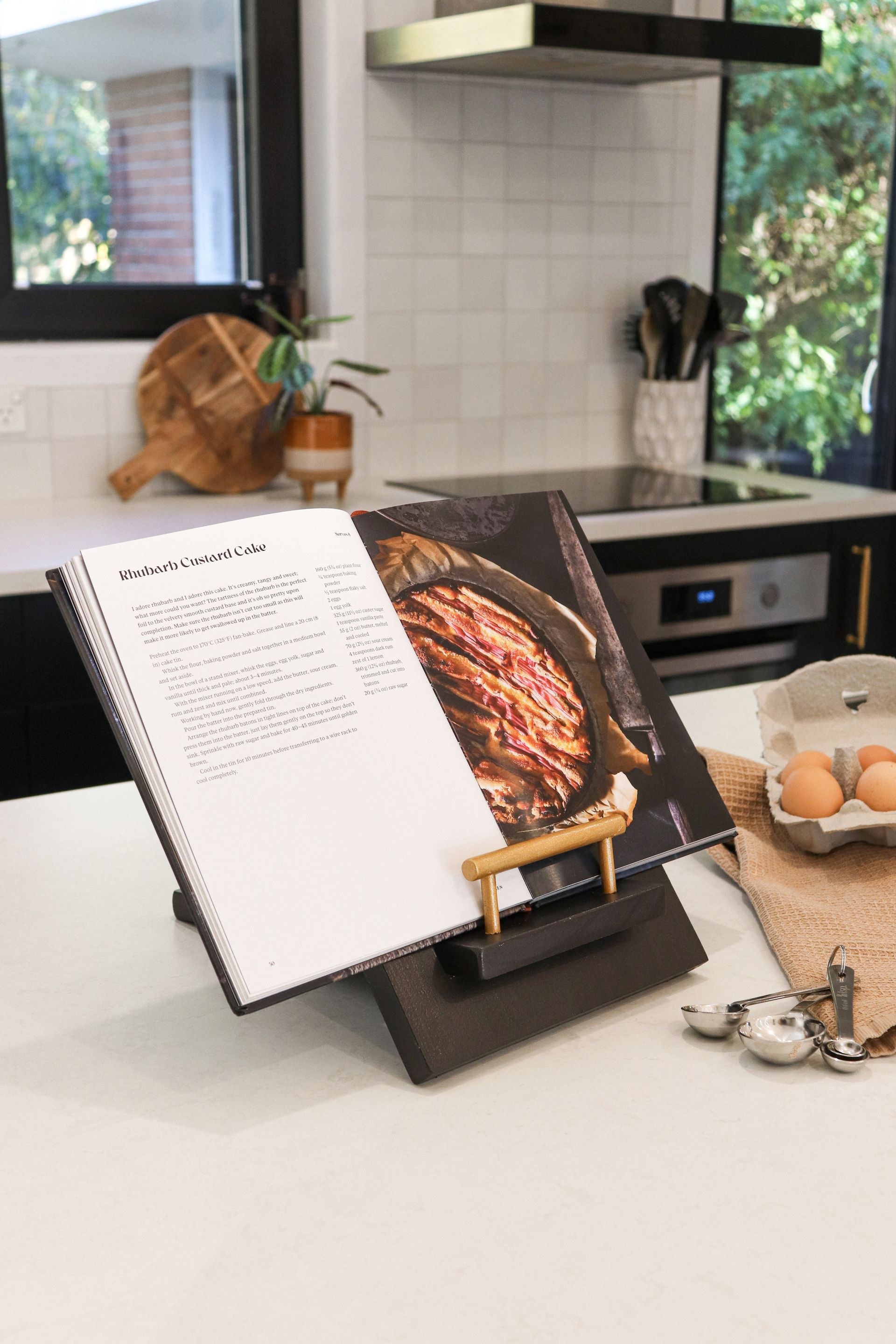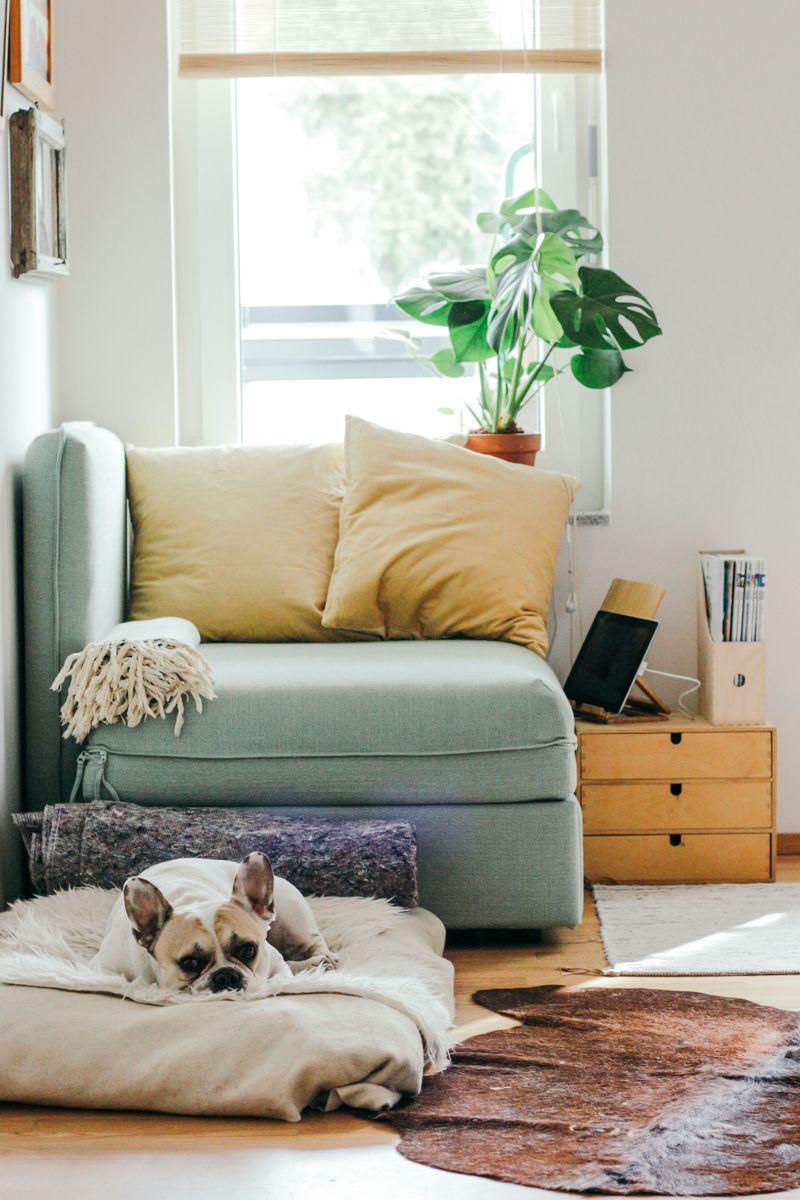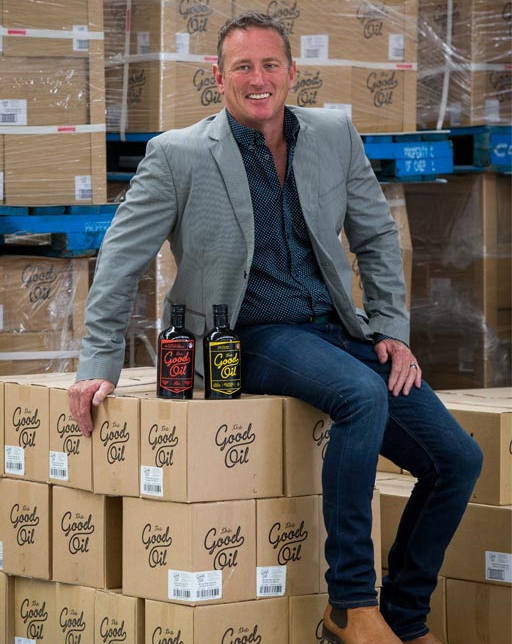Behind New Zealand’s only locally-produced cold-pressed extra virgin rapeseed oil and high oleic sunflower oil is a Canterbury business with lofty aspirations to raise the quality of everyday culinary oils used by discerning foodies nationwide.
During late spring and early summer, crop fields in the South Island come to life with the golden flowers of premium rapeseed. Once destined for the biofuel industry, the tiny black seeds are now turned into high-quality food grade oil by Rolleston-based company Pure Oil New Zealand, under its brand The Good Oil.
In four short years, The Good Oil has emerged as one of the major players in the New Zealand culinary oil market with its extra virgin cold-pressed rapeseed oil finding favour with foodies nationwide. On the back of the success of its first offering, The Good Oil has recently introduced New Zealand’s first home-grown cold-pressed high oleic sunflower oil and is also exploring human food uses for plant proteins from rapeseed meal.
‘It’s an exciting time for us,’ says Pure Oil NZ Managing Director Nick Murney. ‘We are now the tenth biggest oil brand in New Zealand. To get a retail brand to the size we have is a big achievement, and we think we can double that.’ But it’s taken a great deal of time, effort and perseverance.
A former investment banker, Nick previously worked as agribusiness manager for Solid Energy. When the state-owned coal miner decided to cut its losses, selling off its bio-fuel businesses including the purpose-built canola (rapeseed) pressing plant at Rolleston, Nick jumped at the opportunity. ‘It was a big, beautiful asset that was going to be scrapped. The opportunity came up and I grabbed it. I could see real value in what we were doing,’ he says. ‘If I had known the amount of stress it would cause me I might not have gone there. I was probably a little bit brave, and a lot stupid.’
It wasn’t long before he had other investors on-board including Southern Packers, a group of Mid and South Canterbury small- to medium-scale onion and potato growers, consultant agronomist Roger Lasham, and Ashburton-based seed company Midlands. ‘It came together quite quickly. People could see the potential.’
Right from the outset, their focus was on producing quality food grade oil, not on biofuel. Using the same cold-pressing techniques employed by olive growers to preserve the olive oil’s natural colour, unique flavour and nutritional benefits, Pure Oil NZ went against the grain. ‘Initially, people thought that cold-pressed rapeseed oil wasn’t fit for human consumption, but there was already a big market in Britain and Europe.’ Imported rapeseed oil, also known as canola, is commonplace on our supermarket shelves as a cheap salad and cooking oil, with millions of tonnes of seed grown worldwide.
But Nick’s quick to point out that not all oils are created equal. The imported varieties are extracted from seed using added heat (seed heating) and chemicals (solvent extraction). After solvent extraction, the crude oil is refined, bleached and deodorised (RBD) to produce an odourless oil which is opaque in appearance. The RBD process does not rely on high-quality seed oil as the intensive processing removes any unwanted components from the crude oil, he explains.
Whereas Pure Oil NZ cold presses locally-produced rapeseed using no added heat or chemicals, delivering an extra virgin rapeseed oil which has a mild, nutty taste, delicate aroma and is richly golden in appearance. ‘You get less oil, but you get a higher quality product that retains its unique characteristics.’
It also helps to maintain the oil’s health-giving properties. The Good Oil is a naturally rich source of Vitamin E, an essential fat-soluble vitamin and antioxidant that helps protect the body’s cells from oxidative damage, and is 50 per cent lower than olive oil in saturated fats and contains no trans fat. As it’s high in mono-unsaturated (the good ones) fats, it’s one of the only unblended oils that can be heated to high frying temperature and not spoil its antioxidants, character, colour or flavour.
Pure Oil NZ sources GE-free seed for planting. It has more than 60 farmer growers that supply High Oleic Low Linolenic (HOLL) rapeseed for crushing, mainly from throughout South Canterbury and Southland. For farmers it’s a good dryland crop which fits well into crop rotations. It is traditionally planted in March, and harvested the following January, with Pure Oil NZ supporting farmers every step of the way.
Nick says cold pressing extra virgin rapeseed oils relies heavily on the innate quality of the oil contained in the seed. That quality starts with the farmer’s fields, right through to agronomy advice and climatic conditions. Once it gets to the crushing plant, best practices for seed handling, drying and storage help maintain the seed quality. ‘You get one shot at cold pressing. Do it right, you get a lot of quality oil; do it wrong and you’ll be selling it for stock feed.’
Pure Oil NZ started with just two products – standard oil and a high-protein meal by-product of the extraction process. Over time, they have developed a range of products to sit alongside their commercial kitchen oils including equine products Leg Up Performance Oil and Pure Gold, and industrial oils Ezi Cover Adjuvant Oil and Not So Dusty Dust Suppressant. They also imported equipment from the United States which was adapted to produce a specialised high-energy, high-protein meal for the dairy industry, aimed at intensive dairying, particularly indoor operations.
Branching into the retail market was always on the cards, but admittedly it took time to come to fruition, says Nick. ‘It starts with an idea, but there’s a lot to do from designing a label to sourcing the right bottles. It took a lot of work by a lot of people to get it on the shelves. There was nothing else like it. It was a completely new product. We thought long and hard about the brand and all that goes into it. Having a great product is only part of it; you have to have the right packaging.’
After four years in the pipeline The Good Oil was finally launched in South Island New World stores in 2016 to a receptive market. As word gets out, sales have steadily continued to increase. It can now be found on supermarket shelves nationwide with Countdown recently joining New World and Fresh Choice, as well as numerous speciality stores.
With its high smoke point, mild flavour and on-point pricing, people have started to cotton on that The Good Oil is perfect for everyday use in the kitchen. It can be used in everything from baking and frying, but it’s equally delicious in salad dressings. ‘We have deliberately tried to keep The Good Oil reasonably priced, so it can be an everyday oil, rather than pricing it as a speciality oil,’ says Nick.
Encouraged by the success of its extra virgin cold-pressed rapeseed oil and driven by customer demand, Pure Oil NZ has just released New Zealand’s first home-grown naturally cold-pressed high oleic sunflower oil to the market.
Pure Oil NZ started experimenting with specially-bred sunflowers in Canterbury in 2017 with an area of 65 ha. That area increased to 300 ha for this season which would produce about 400 tonnes of oil, and that’s just the start point, says Nick.
Initially, its focus has been on meeting local demand while they come to grips with growing and processing the new crop, but the future looks promising. Tens of thousands of tonnes of sunflower oil was imported annually for use in infant formula, snack foods, baking and other foods. But, he warns, it will take time to develop it as a primary crop for arable farmers.
The biggest challenges to growing sunflowers are limited access to imported hybrids, and bird damage. Sunflowers have to be harvested at high moisture and dried in a bid to outrun the birds. The processing also requires a different technique from rapeseed. But the final product is worth it, explains Nick.
While overseas-produced sunflower oils are heavily processed and lose their flavour, The Good Oil’s extra virgin cold-pressed method ensures it retains its mild, nutty taste. It is also a healthier option than standard sunflower oil. To date the response has been favourable, with loyal Good Oil customers already raving about the new product.
Recent stories







